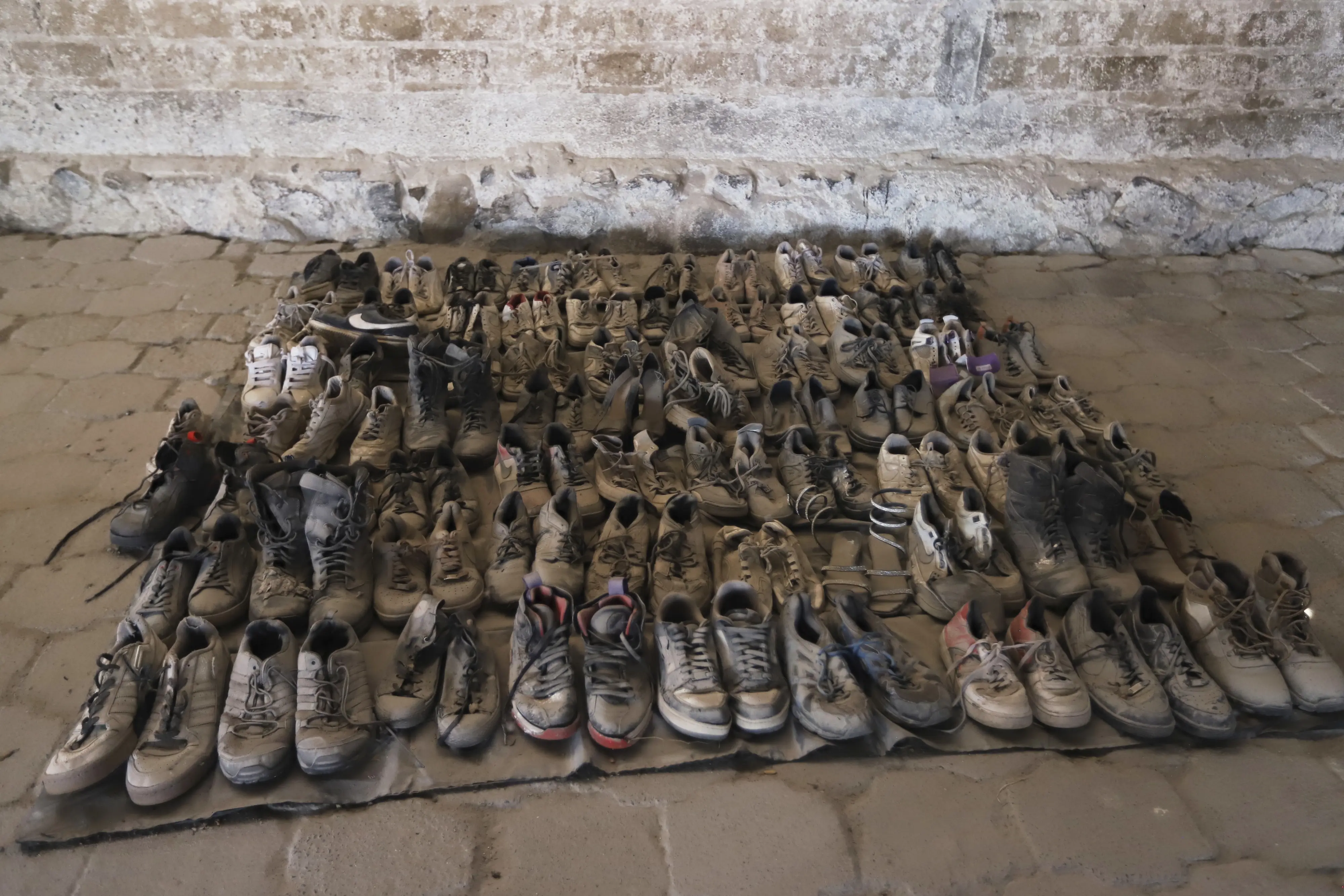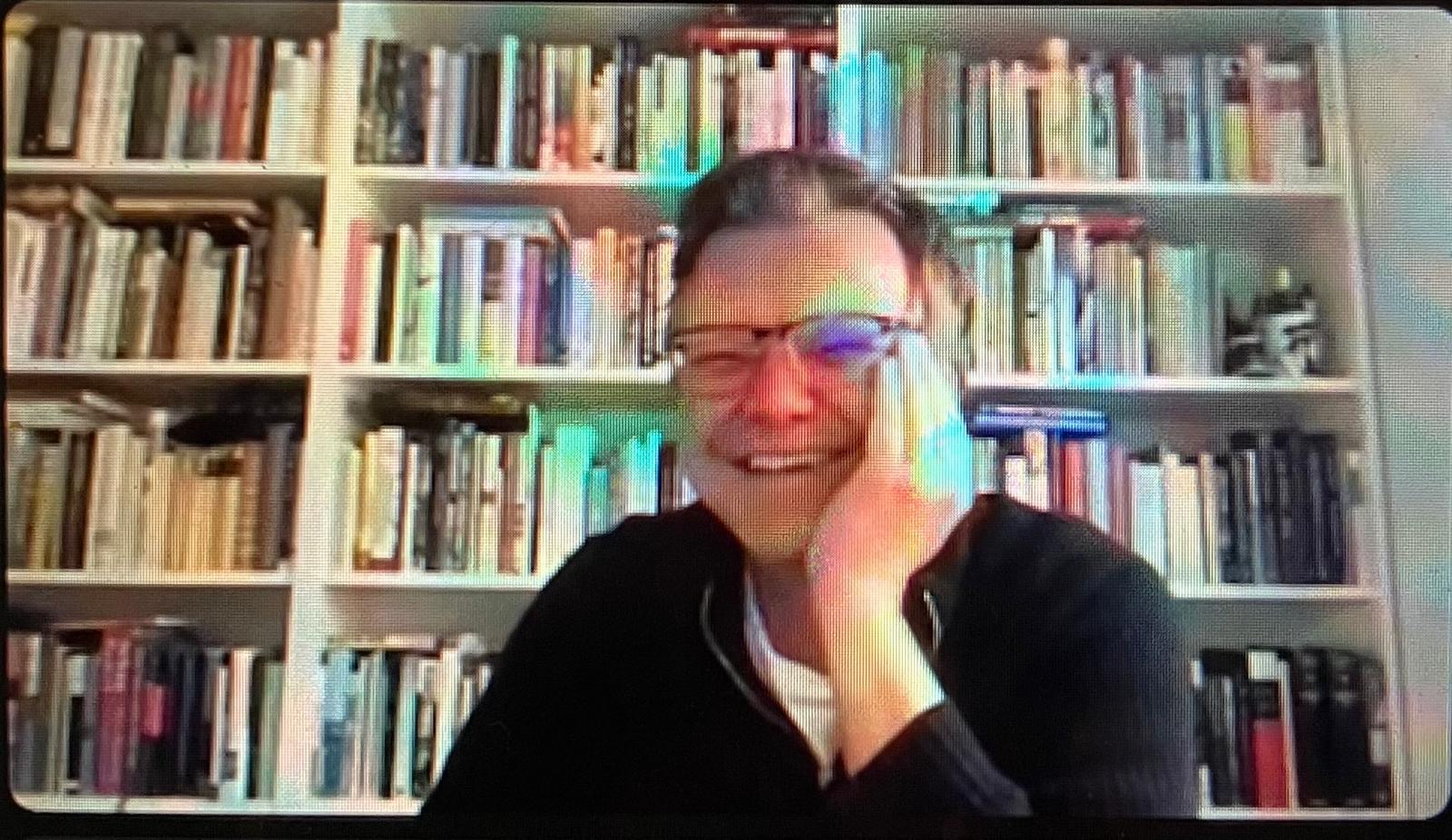This issue features the following articles:
The Haitian zombie motif: against the banality of antiblack violence
Darlène Dubuisson
The circulation and consumption of the images of suffering and lifeless black bodies is a longstanding feature of US visual media. Since each archive of suffering and dead black bodies operates within specific histories, discourses, and affective relationships, this article examines a particular collection of images: the Time magazine photos of the 2010 Haiti earthquake victims. The article argues that the photos evoke the uncanny by using the Haitian zombie motif – an image of ‘monstrous’ black racial difference. The article traces the photos’ elicitation of the uncanny in two ways: one, it highlights how the images produce self/other slippages and thus affirm the uncanny; and two, it examines the insidious and violent ways these slippages dehumanize, dismember, and dispossess those depicted to produce a ‘negative familiarity’ for the non-black observer, thus lending to the banality of antiblack violence. The article ends with a call for ‘radical empathy’ to combat this violence.
‘C’est grave’: Raw, cannibalism and the racializing logic of white feminism
Rosalind Galt and Annette-Carina van der Zaag
This article addresses the racializing logic of white feminism and its alignment with white heteronormative registers of human life. It does so by considering Julia Ducournau’s (2017) film Raw in relation to cannibalism’s intersections of gender, sexuality and race. The film invokes feminist pleasures, centring on female desire and pitting Justine’s compulsive appetites against an inflexible social hierarchy of gender and species. However, its articulation of cannibal consumption and female subjectivity is dangerously ambivalent. By focusing on the colonial history and racializing logic of the cannibal, this article reads Raw as symptomatic of the subjective formations and social violence of white feminism. Raw portrays cannibalism as a feminist practice of posthuman resistance, but its seductive appeal also produces a troubling ambivalence around non-white and queer bodies, which resonates with black critiques of posthumanism’s reproduction of whiteness. The film invites us to inhabit our raw desires as a monstrous resistance, but what genres of human and nonhuman haunt this politics of monstrosity?
Trans visibility and trans viability: a Roundtable
Marquis Bey, Kara Carmack, Jill Casid, KJ Cerankowski, Sascha Crasnow, Stamatina Gregory, Jack Halberstam, Lex Morgan Lancaster, Cyle Metzger, Kirstin Ringelberg, Cole Rizki, Wiley Sharp, Eliza Steinbock, and Susan Stryker
his Roundtable is crafted from the online event held on Saturday 20 November 2021 on Trans Visual Cultures. That event was organized to celebrate the recently published themed issue of Journal of Visual Culture on new work in transgender art and visual cultures, guest edited by Cyle Metzger and Kirstin Ringelberg, and suggested for the journal by Jill H Casid. The themed issue emerged from a session run at the College Art Association in New York, 2018, programmed by Metzger and Ringelberg. For the event in November 2021, some of the contributors to the journal’s themed issue (Kara Carmack, Sascha Crasnow, Stamatina Gregory, Cyle Metzger and Kirstin Ringelberg) were joined by interlocutor Jill Casid, and respondent Jack Halberstam to share their thoughts on trans visual culture/s now, and to consider what it is to write trans visual culture, as well as to live in relation to transness. The event happened to fall on Transgender Day of Remembrance. Given the fraught or ambivalent feelings that many have about such a day, the event was also taken as an occasion to talk about ways of untethering trans visibility from what is lethal to trans viability. After the event, the organizers solicited a few additional reflections on concerns that emerged – in particular around matters of the visual, trans visibility, and lived experience. These are brought together to act as a refractive prism for what happens when we center thinking seriously with the implications and potentials of trans art and visual culture for trans hopes and fears, kinship and community, lives and loves.
Visual lawfare: evidential imagery at the service of military objectives
Maayan Amir
While chemical attacks are rare and deemed an illegitimate form of warfare, the attempt to exploit international law in order to license military action is an eerily common custom. The practice of deploying a legal system to promote military objectives is now widely known as lawfare. In this article, the author focuses on what she calls visual lawfare, namely the weaponization of visual documentation used to provide evidence in order to either prove compliance, or to demonstrate violations, of international laws of warfare through appeal to a legal forum, in order to facilitate a military objective. Drawing on endeavours to affect the United Nations Security Council resolutions in the context of the Syrian Civil War, in addition to revisiting selected lawfare scholarship while providing the new concept of ‘visual lawfare’ itself, she expands on how visual evidence is employed or produced to sanction the lawful use of violence while citing international codes of conduct.
Rethinking the Phantasmagoria: an enclosure and three worlds
Francesco Casetti
The Phantasmagoria was not just a spectacle based on projections of images of ghosts and monsters. Relying upon new archival findings, this article claims that the Phantasmagoria was instead an optical–environmental dispositive that combined an enclosed space with the exploration of three worlds: the otherworld of the Dead, the physical world of Nature, and the inner world of spectators’ Interiority. While its ultimate goal was to provide an unconventional map of the three domains that were of the greatest interest at the time, its combined interest in a spatial arrangement and a visual address suggests the need for a new, rhizomatic archaeology in which to include the screen-based dispositives.
—
Book Reviews:
Christiano Bianchi and Kristina Drapić, Model City Pyongyang, reviewed by Marc Kosciejew
Eugenie Brinkema, Life-Destroying Diagrams, reviewed by Marissa C de Baca
Amelia Jones, In-Between Subjects: A Critical Genealogy of Queer Performance Amelia Jones and Andy Campbell (eds), Queer Communion: Ron Athey, reviewed by Kimberly Lamm
—





